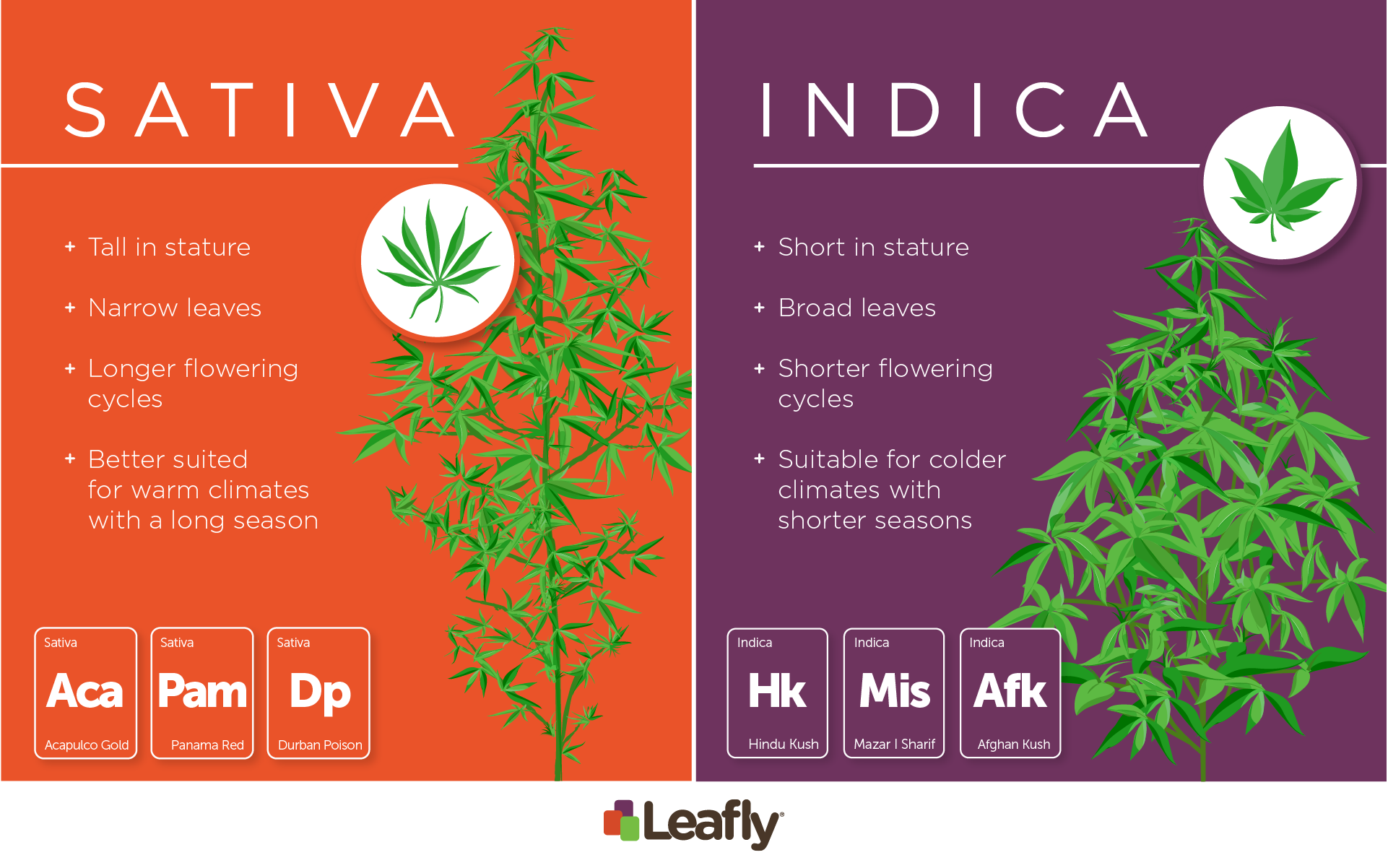Introduction:
Hashish cultivation has been practiced for centuries, and with the modern surge in legalization and desire in its medicinal and recreational houses, knowing the nuances of rising distinctive strains has become very important. Amongst the numerous strains, Indica and Sativa are two well known classifications, each individual with distinctive qualities and cultivation demands. In this post, we are going to delve into the differences between Indica and Sativa seeds, discovering their cultivation necessities and escalating procedures.
Being familiar with Indica and Sativa:
Right before diving into cultivation methods, it’s essential to grasp the basic dissimilarities involving Indica and Sativa strains.
Indica:
Originating from the Indian subcontinent, Indica strains are renowned for their stress-free and sedative consequences.
Usually characterized by broader leaves, shorter stature, and a bushy appearance.
Indica plants typically have a shorter flowering time period, producing them acceptable for indoor cultivation and locations with shorter rising seasons.
These strains are favored by those people seeking relief from discomfort, sleeplessness, and stress and anxiety.
Sativa:
Sativa strains are native to equatorial regions such as Southeast Asia, Africa, and Central America.
Recognised for their uplifting and energizing consequences, Sativa plants frequently have slim leaves, tall stature, and a far more open advancement pattern.
Sativa strains are inclined to have a longer flowering period as opposed to Indica, requiring extra place and warmer climates for optimal development.
They are well-known between customers hunting for creativity enhancement, mood elevation, and daytime use.
Cultivation Specifications:
Local climate and Setting:
Indica: Thrives in cooler climates with temperatures amongst 70-85°F (21-29°C). Can tolerate a bit lower temperatures for the duration of the flowering stage.
Sativa: Thrives in warm, tropical climates with temperatures ranging from seventy five-85°F (24-29°C). Demands sufficient daylight and a for a longer time expanding time.
Light:
Both Indica and Sativa strains demand sufficient light-weight for healthier expansion. However, Sativa plants may perhaps require extra intense gentle because of to their taller stature and for a longer period internodal spacing.
Indoor growers frequently use significant-depth discharge (HID) lamps, LEDs, or fluorescent lights to supply the vital gentle spectrum for vegetative and flowering phases.
Soil and Vitamins and minerals:
Indica: Prefers well-draining soil loaded in organic issue. Responds very well to well balanced nutrient formulations all through the vegetative stage, transitioning to a larger phosphorus (P) and potassium (K) ratio throughout flowering.
Sativa: Needs nutrient-loaded soil with great drainage. Due to their more time flowering period of time, Sativa vegetation reward from a steady supply of vitamins all through their development cycle.
Watering and Humidity:
Both equally Indica and Sativa vegetation are susceptible to overwatering, which can guide to root rot and other fungal disorders. Let the soil to dry out amongst waterings to protect against waterlogged ailments.
Indica strains normally favor somewhat decreased humidity ranges, in particular through the flowering phase, to reduce the hazard of mildew and bud rot. Sativa vegetation can tolerate increased humidity concentrations but may need enhanced airflow to reduce mould problems.
Rising reference :
Education and Pruning:
Indica: Thanks to their bushy development sample, Indica vegetation advantage from methods these kinds of as topping, lower-worry teaching (LST), and defoliation to encourage light-weight penetration and airflow. These solutions aid increase yields and reduce dampness buildup.
Sativa: With their tall and lanky structure, Sativa vegetation may well require techniques like topping, tremendous cropping, and trellising to handle top and really encourage lateral development. Pruning decreased branches and leaves can also make improvements to airflow and mild distribution.
Flowering Stage Management:
Indica: Commonly, Indica strains have a shorter flowering period ranging from 7-9 months. All through this phase, preserving steady environmental situations, including temperature, humidity, and light-weight cycles, is vital for bud improvement and resin creation.
Sativa: Sativa strains frequently have a for a longer time flowering period of time, often spanning ten-14 weeks or much more. Growers need to closely keep track of nutrient ranges, h2o consumption, and environmental problems to guidance the plant’s extended advancement cycle.
Harvesting and Curing:
Indica: Harvest Indica vegetation when the trichomes are primarily cloudy with some amber hues, indicating peak cannabinoid material. Just after harvesting, correctly drying and curing the buds in a managed environment improves taste, efficiency, and shelf life.
Sativa: Sativa strains might demand additional persistence through the harvesting procedure, as their more time flowering period of time can consequence in staggered maturation throughout the plant. Harvest unique colas as they achieve peak ripeness, and follow the exact drying and curing techniques as with Indica strains


Leave a Reply